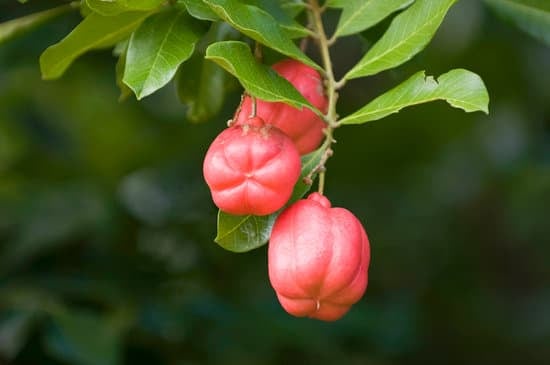Are you interested in discovering the diverse flora of Jamaica? From the majestic Blue Mahoe tree to the medicinal Lignum Vitae, this post will introduce you to some of the most interesting and important indigenous plants in Jamaica. Get ready for a fascinating journey!
Introduction to Indigenous Plants in Jamaica
Jamaica is home to a wide variety of indigenous plants, both flowering and non-flowering. With over 2,500 species of flowering plants, and around 30% endemism, Jamaica is known for its richness in biodiversity. The national tree of Jamaica is the Blue Mahoe, which produces stunning blue flowers each spring. Cockpit Country, a great spot for plant lovers to explore, has 71 endemic species making it the number one biodiversity hotspot in the Caribbean. Additionally, Portland Ridge is the most southern peninsula of Jamaica with a highest introduction of non-native plant species. With 173 families of flowering plants and approximately 784 species are known to grow here, Jamaica is ranked fifth in the world for its biodiversity. Notable amongst these indigenous plants is the ackee fruit which has remarkable historic associations having been taken from Jamaica to other countries in 1793. Whether you’re looking to explore or appreciate the beauty that nature has put on display here in Jamaica, you can be sure that amongst these many species will be some incredible gems waiting to be discovered!
The National Flower of Jamaica – Lignum Vita
The National Flower of Jamaica – Lignum Vitae (Guiacum officinale) is a short, compact tree that is native to continental tropical America and was found here by Christopher Columbus in the 16th century. Its name, when translated from Latin, means “wood of life” – referring to its many medicinal qualities. The flower of the Lignum Vitae Tree is the national flower of Jamaica and it has been an important export crop. The blossom of the Lignum Vitae tree is noted for its beauty and produces black, green and gold flowers with a distinct scent. The tough, heavy wood has also been used for centuries in furniture making and as a medicine. Early settlers on the island made use of all these elements that are symbolized by the national coat of arms bearing the national colours – black, green and gold. Today, this majestic flower remains one of Jamaica’s six (6) national symbols.

Pride of Barbados – The most beautiful Caesalpinia
The Pride of Barbados (Caesalpinia pulcherrima) is an evergreen shrub or small tree that is native to the Caribbean. This beautiful plant is a member of the Fabaceae or legume family and its species name, pulcherrima, is latin for “most beautiful.” With its showy red stamens and ember-hued flowers, it’s no wonder why this stunning plant is also known as the Red Bird of Paradise and National Flower of Barbados.
The Pride of Barbados has become an increasingly popular heat loving plant in Jamaica due to its drought tolerance and hardiness in full sun and dry soil conditions. It can be found decorating lawns and gardens across the country with its bright blooms that attract butterflies and hummingbirds alike. The evergreen shrub can reach heights of up to 15 feet with a spread of 8-10 feet and produces white or yellow pods on long stems which are filled with small seeds.
This hardy plant can be grown from seed or purchased as a young plant from local nurseries in Jamaica. It requires well-draining soil, full sun exposure, occasional watering during dry spells, occasional feeding and regular pruning to maintain size and shape. With its colorful blooms, interesting foliage, low maintenance requirements and drought tolerance, the Pride of Barbados has become one of Jamaica’s most popular indigenous plants!
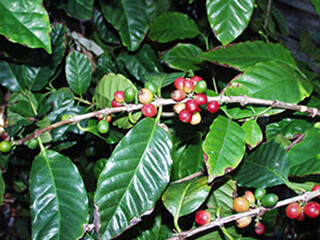
Wild Coffee – Coffea Arabica
Wild Coffee – Coffea Arabica is an indigenous plant to Ethiopia, not Arabia as many tend to think. It is a species of the genus Coffea from the madder family (Rubianceae). In Jamaica, this wild coffee species has been kept alive through a unique method. Coffea arabica grows in mountain forests at elevations of 1,500 to 2,000 meters in southern Ethiopia and adjacent Sudan. It is the most cultivated species and accounts for two-thirds of the world’s coffee production. C. arabica is also known as Arabica coffee and its protection by natural enemies allows for it to have less pest damage. The certification of wild or biodiversity-friendly coffee beans supports this species’ growth in Jamaica and throughout the world.
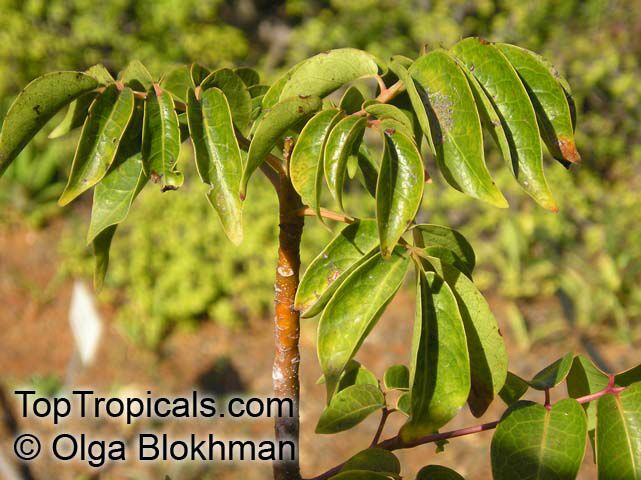
Red Birchwood – Bursera simaruba
Red Birchwood – Bursera simaruba is a small species of tropical tree native to Florida, West Indies and Central America. It can grow up to 18 meters tall and has a coppery-red bark that is smooth and shiny. In Jamaica this plant is found in mangrove forests, where it acts as a subdominant plant species. The leaves are oval shaped and the wood of the tree is used for pressure treatment of fence posts with preservatives. Red Birchwood also has medicinal uses, as its similar copal was employed in the same subject by local healers. This species can be found in other parts of the world too, such as Australia and Virgin Islands. Red Birchwood – Bursera simaruba is definitely an important species for Jamaica’s biodiversity and local ecosystems, making it an important part of the local flora.

Jamaican Mahogany – Swietenia mahagoni
Jamaican Mahogany – Swietenia mahagoni is a tall and majestic tree native to Jamaica and other parts of the Caribbean region. It grows up to 30-35 meters high and is known for its deep, rich red-brown lumber. It is an evergreen or briefly deciduous tree commonly found in southeastern part of North America. This species of mahogany is a vital part of Jamaican flora, providing habitat for endemic plant and animal species. Swietenia Mahagoni can be found in Cuba, Jamaica, Hispaniola, and other islands within the West Indies. The Royal Botanic Gardens of Hope has been contributing to the preservation of this important species by supporting its propagation as well as its conservation efforts across Jamaica. Jamaican Mahogany – Swietenia mahagoni is essential for the biodiveristy in Jamaica, making it one of the most important indigenous plants in the country.
Royal Palm Tree
Royal Palms are native to Cuba and are often used as ornamental trees in Jamaica, lining driveways and gardens. They can grow up to 25 meters tall, with light-grey trunks and long, feathery leaves. The genus of Royal Palms is known as Roystonea and includes multiple species that are native to South Florida and the Caribbean. There is a Royal Palm Get in western Jamaica where visitors can observe hundreds of acres of native plants and animals. Additionally, the landscape of the Park includes a variety of flowering plants such as the Bull Thatch Palm and Silver Thatch. The eighth flower spathe recently appeared on a Jamaican Royal Palm, which has been flowering for three days already. These majestic palms require large garden areas for their roots to spread out successfully; however, they make an excellent addition to any garden or landscape in Jamaica.

Roystonea regia
Roystonea regia, also known as the Cuban Royal Palm, is a majestic and tall single trunk and crown shafted palm native to Cuba. It is widely planted as an ornamental in Jamaica, often seen lining driveways. This quick growing species of palm can reach heights of 20-30 meters and has large, evergreen leaves that can measure up to 2 meters in length. It is also found in other parts of the Caribbean, such as The Bahamas, Belize, Cayman Islands, Florida, Honduras and Mexico Gulf.
The Roystonea regia is an important part of Jamaica’s conservation efforts. Seedlings are propagated at nurseries across the country in order to ensure its preservation. The seeds of this plant are also sold commercially for use in landscaping and gardening projects. Its showy nature makes it a popular choice for gardens around Jamaica and beyond.
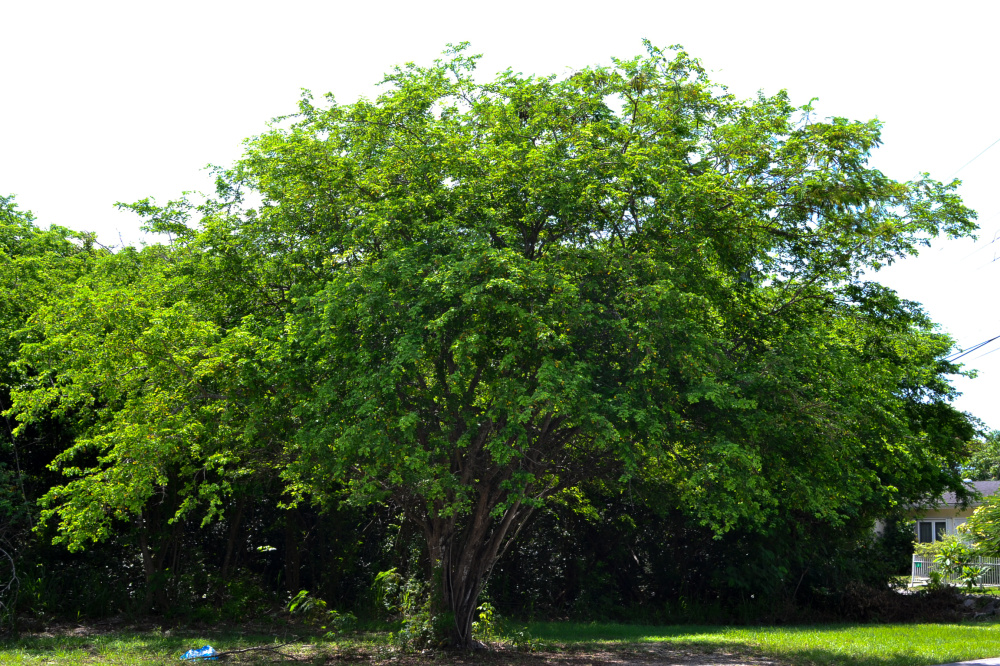
Logwood
Logwood, scientifically known as Haematoxylum campechianum, is a native tree to Central America. It has been introduced and naturalized in other tropical countries, including Jamaica. Logwood gets its name from the dark red heartwood of the tree, which is also its main distinguishing feature.
Logwood is a small prickly tree that grows to be about 30-50 feet tall with a gnarled trunk that resembles many stems. It can be found on hillsides and cockpit bottoms in drier areas. Logwood is also one of the five native trees of Jamaica that birds love and use for shelter.
In Jamaica, logwood is used for medicinal remedies and dyes. The dye extracted from logwood has been used for centuries to produce rich black hues in fabrics, leathers and more. Other plants native to the island include cedar, mahoe, mahogany and rosewood but none of them are major crops.

Haematoxylum campechianum
Haematoxylum campechianum, also known as Logwood, is an indigenous plant native to Central America. It was introduced to Jamaica and is now widely naturalized in the Caribbean and other tropical countries. The name “Haematoxylum” literally means “blood-wood,” referring to the dark red heart-wood of the tree.
Logwood was once a major source of wealth for Jamaicans and it is still prized for its wood, which is widely used commercially. The scientific name for logwood is Haematoxylum campechianum, and it belongs to the legume family, Fabaceae. The tree can be found in dry hillsides and cockpit bottoms throughout Jamaica. Other common names for this plant include Peachwood, Tauro Wood, Blood Wood Tree, and Campeche.
This species is essential to the local ecology of Jamaica as it provides a home to many endemic plant and animal species. Additionally, it has been used historically as a source of dye pigments due to its deep red hue. Haematoxylum campechianum should be appreciated not only for its beauty but also for its important role in sustaining Jamaican biodiversity.
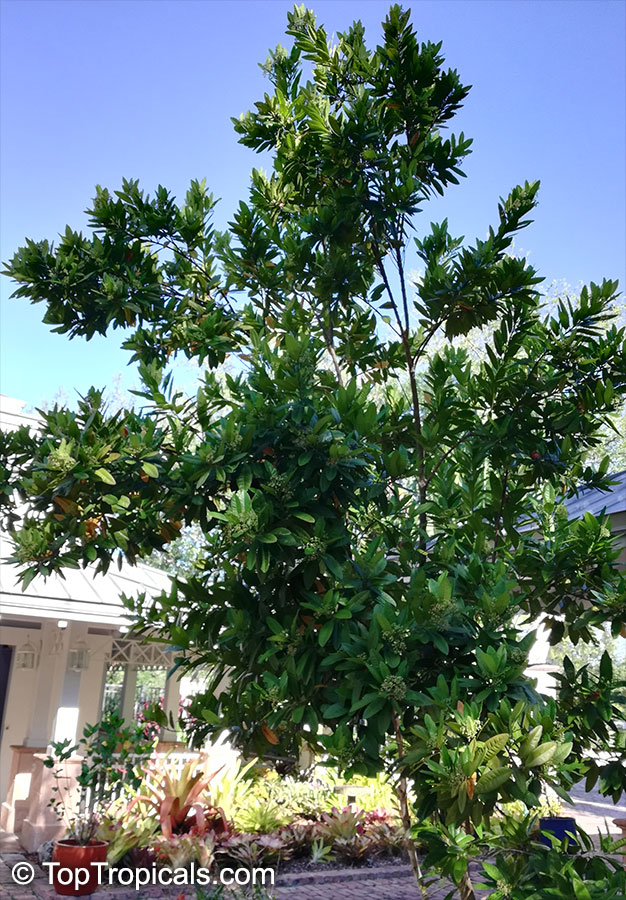
Allspice Tree
Allspice Tree, scientifically known as Pimenta dioica, is a fragrant evergreen tree native to Central America and the Caribbean. It is commonly found in Jamaica, where it was discovered by Christopher Columbus during his voyages. This tree produces small purple berries that contain one or two large seeds and are used for a highly aromatic spice known as allspice. To protect the allspice trade, for a long time the plant was guarded against export from Jamaica. The plant grows to a height of 40 feet and can be grown in containers indoors or in greenhouses. Its white-gray bark and small brown fruit stand out wherever it is planted. The fruit of this tree has aromas that are similar to cloves, nutmeg, and cinnamon which make it an excellent addition to any garden or landscaping project. Allspice Tree is an indigenous plant in Jamaica that is highly prized for its flavorful spice and beautiful appearance.
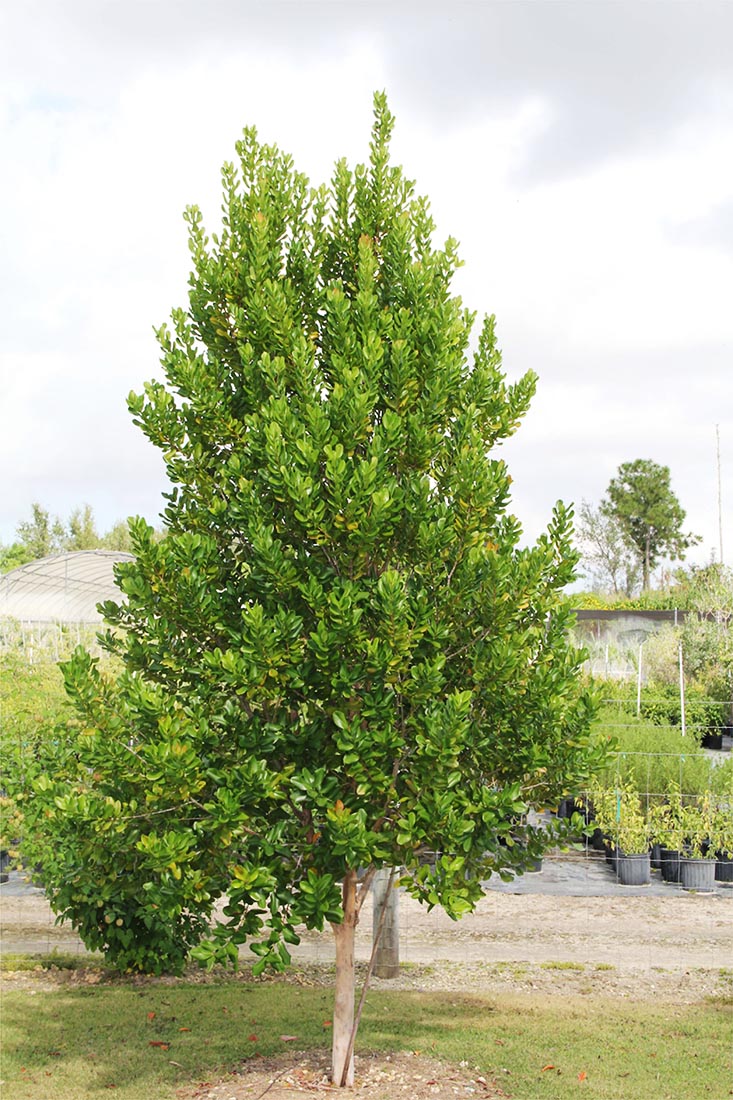
Pimento dioica
Allspice, or Pimenta dioica, is an indigenous plant found in Jamaica and the West Indies. It produces a spicy scent when crushed and is dioecious, meaning it requires both male and female plants in close proximity to produce the fruit. Allspice grows slowly, reaching up to 40 feet in ideal conditions but remaining much smaller outside of its native range. The plant can be grown as a container plant indoors or outdoors and will reach 2 feet tall with a 6-inch pot. To get the full flavor of allspice, it must be harvested fresh from the tree as dried allspice loses much of its flavor over time. Clonal propagation is recommended for growing allspice due to it being difficult to identify functional male and female trees until they flower. Various compounds have been isolated from the plant that belong to different chemical classes including terpenes, phenols, carbohydrates, mannans and steroids.
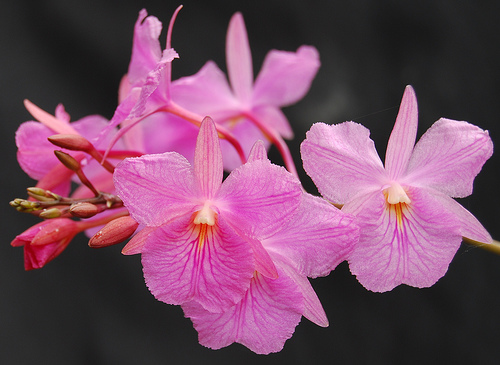
Wild Tamar
Wild Tamar is an indigenous plant of Jamaica and has been growing wild throughout the island for centuries. It is a tree that can reach up to 13 metres in height and has lanky long branches. The generic name of this tree is derived from the Latin tamarindus, which means “date palm”. This large shady tree grows to great age and produces an abundant harvest of tamarind pods each year. The forest is made up of large trees such as Juniper Cedar (Juniperus lucayana), Blue Mahoe (Hibiscus elatus) and Soapwood (Clethra occidentalis). Tamarind is a key ingredient in many traditional Jamaican dishes and its leaves are also used in medicinal preparations. It can also be found in the Hope Botanic Gardens and Hope Zoo, where it forms part of the Caribbean wildlife as an exotic, native and endemic flora.
